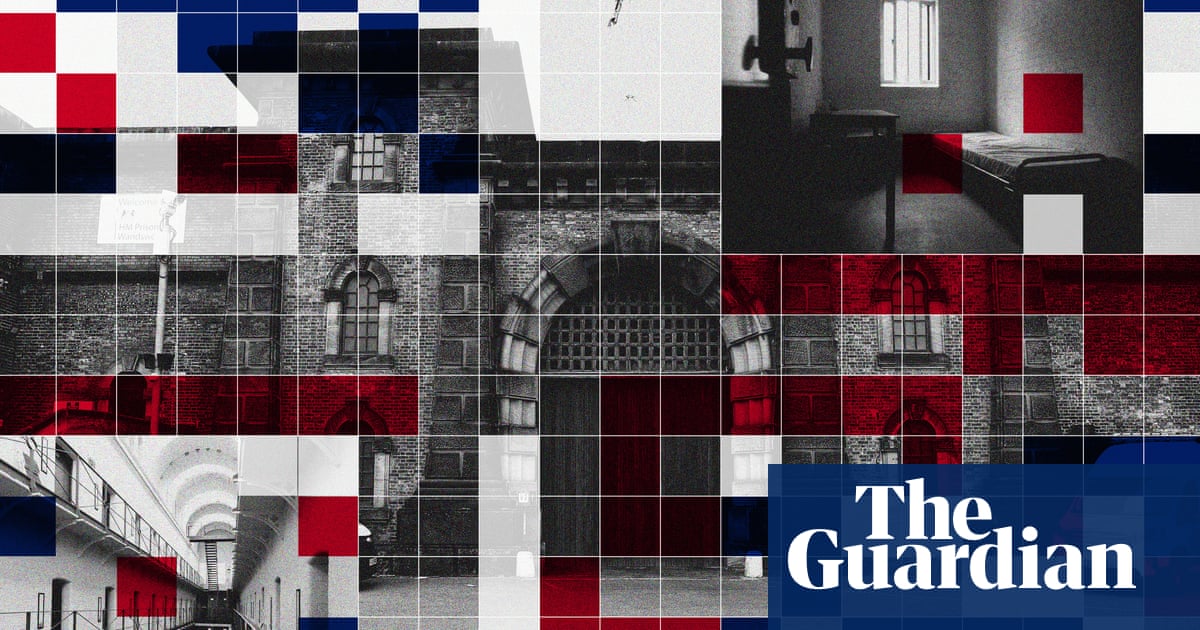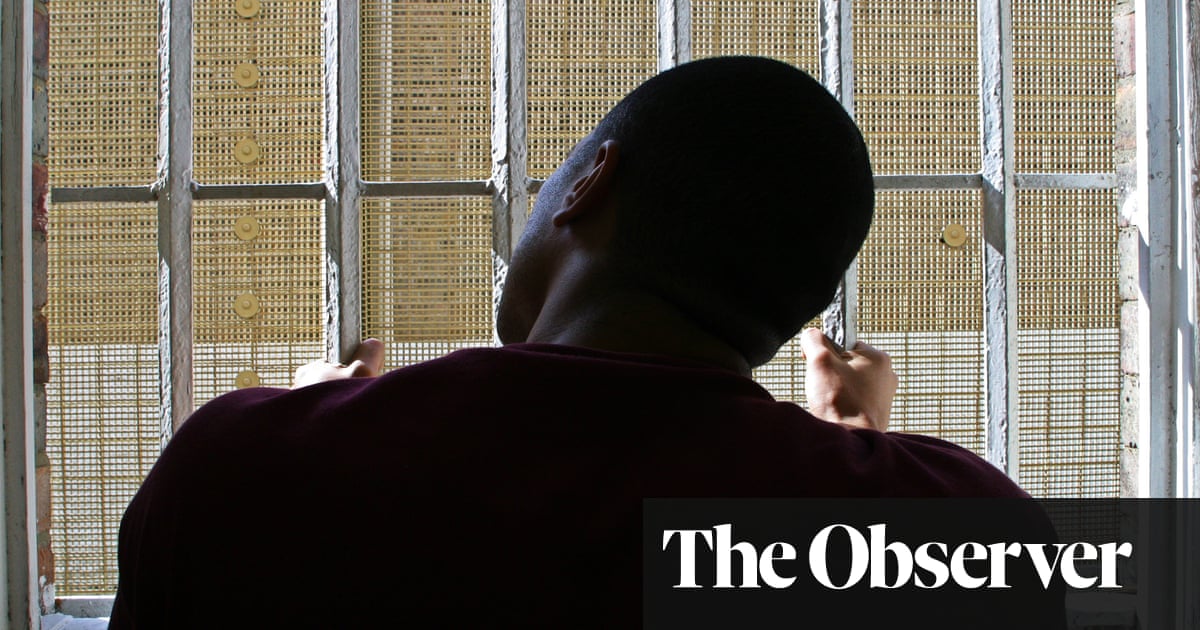
Since its inception 4 years ago, the format has continued to struggle in the face of competition from other franchises
Strictly speaking, it is only the much-maligned The Hundred to which the knife is being applied, but the domestic repercussions are likely to be deep.
For the latest updates, follow us @ArabNewsSport
In mid-May, I suggested that a crossroads had been reached by the shorter and longer formats. Since then, events have moved at pace, accelerated by the upstart Hundred tournament in only its fourth season.
It has had a polarizing effect ever since its conception. Firstly, it is played in August, traditionally reserved for longer formats. Secondly, it has 100 deliveries per innings, delivered as sets of five that distinguish it from T20 cricket, which has 120 deliveries, delivered as normal six-ball overs.
Thirdly, out of the 18 counties which are the basis of professional cricket in England and Wales, seven, plus the MCC at Lord"s, were selected to host city-based teams. Nominally, the teams are franchises but are effectively owned by the England and Wales Cricket Board, which has funded the tournament.
An ECB assessment of the tournament’s finances in 2023 suggested a $12.3 million (£9.7 million) loss was incurred in the first two years. This compares with the ECB’s claim the previous year — under the leadership which introduced the tournament — that it made a profit of almost $15.2 million. Defining relevant costs explains some of the difference.
Requiring a two-thirds majority amongst the counties to back the tournament, the ECB paid them almost $32 million in 2019 for their support. COVID-19 intervened to delay the start of the competition until 2021. The ECB claimed this support money was a sunk cost.
COVID-19’s impact on the ability of the Hundred to achieve the forecast financial returns was accompanied by its negative effect on the finances of the rest of the domestic game, from which most counties have struggled to recover.
In aggregate, the long-term debts of the counties are estimated to be some $280 million. Income is required to service this debt. This need, plus increased costs of operations, has caused the profit levels of most counties to fall. In 2022-2023, nine of the 18 reported losses and a further six reported only borderline profits.
It is in this context that the proposed privatization of the Hundred must be seen. The ECB is making 49 percent of its ownership of the tournament available to investors. The balance of 51 percent is to be held by each of the eight teams in the Hundred. They can decide to keep, sell completely or sell partially in a process that will be overseen by the ECB.
A share of the ECB’s asset sale will be distributed to those counties which do not have a franchise in the Hundred, whilst 10 percent will be allocated to the recreational game. Understandably, the prospect of largesse entering the game appeals to those who have struggled for so long to keep the counties as going concerns.
The period of sale is set for the three months from mid-September after this year’s edition has finished. There has been talk of uncertainty amongst potential investors about just what is being made available to buy. If an investor buys a 49 percent share from the ECB, who will be the owner or owners of the 51 percent? How will that relationship work and how will costs and income be shared? There are many variables and potential outcomes to be factored into the forthcoming complex negotiations.
In Hampshire, the likely outcome appears to have been settled ahead of the starting gun. On the brink of insolvency in 2001, Hampshire County Cricket Club was rescued by Rod Bransgrove, a local businessman. The HCCC moved to a new ground and switched from being a members’ club to a private limited company.
Over the years, the ground has been developed to include a hotel, a golf course, leisure and hospitality facilities. Now, this whole development is understood to be on the brink of being acquired by GMR Group, 50 percent owners of the Indian Premier League franchise, Delhi Capitals.
Bransgrove holds some 60 percent of shares in the company which owns the HCCC. The developments at the ground have been funded by debt and with the support of local government. The use of public money has raised opposition in the past. It is assumed that the $152 million which GMR is rumored to be paying includes full or partial repayment of these and other loans.
Full control of the Southern Braves, the Hundred’s men’s and women’s teams based at Southampton, will be taken. The deal will need to be approved by the ECB and it remains to be seen if its 49 percent share in the Southern Braves will be sold to GMR and, if so, at what price.
Without doubt, this is a landmark deal for cricket in England and Wales, a further step in radically altering its landscape, not just in respect of the Hundred. It breaks the mould of how professional cricket has been owned traditionally.
There are only two other member-only county clubs — Durham and Northamptonshire — neither of which has a Hundred team at present. Those who manage the seven franchises other than Hampshire are in communication with their members. It is known that demutualization is being discussed, especially at the heavily indebted Yorkshire County Cricket Club.
One threat which has become apparent for the Hundred in the last two weeks is the level of competition which it faces from other franchises. There has been overlap with the Major Cricket League in the US and Global T20 in Canada, with some players preferring to play in North America for either the whole tournament or part of it
It is the money which talks and the Hundred’s promoters need to move fast if they are to put themselves into prime position to attract the very top players for the whole tournament.
The increased ownership of franchises by Indian interests is clear to see within cricket’s global landscape. They bring investment which is craved by some in the English game. They also generate a fear amongst others of how county cricket’s culture and structure will be impacted.
There is an impression that, outside of a body of diehards, opposition to the Hundred’s sell-off is muted, largely because very few in power are prepared to pass up the investment opportunity.











